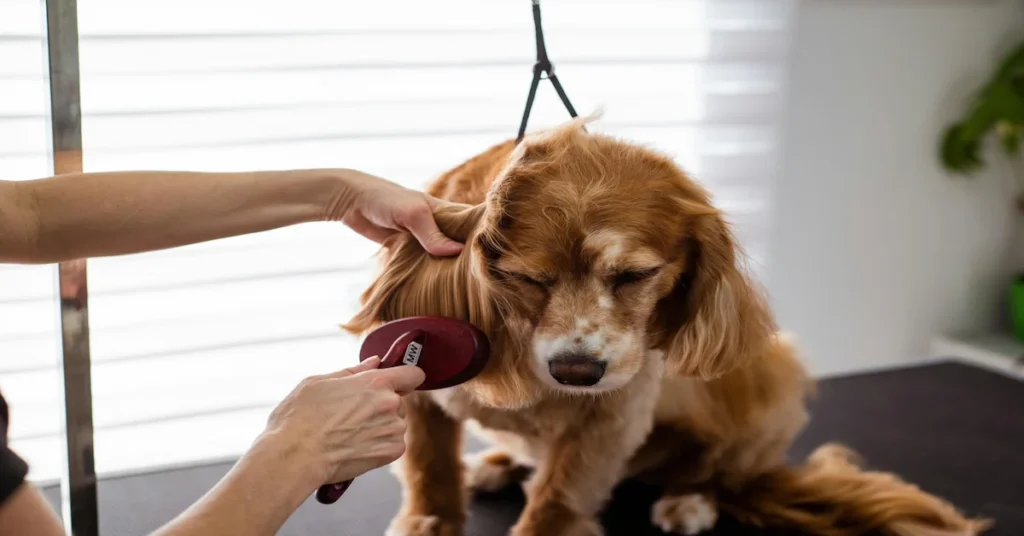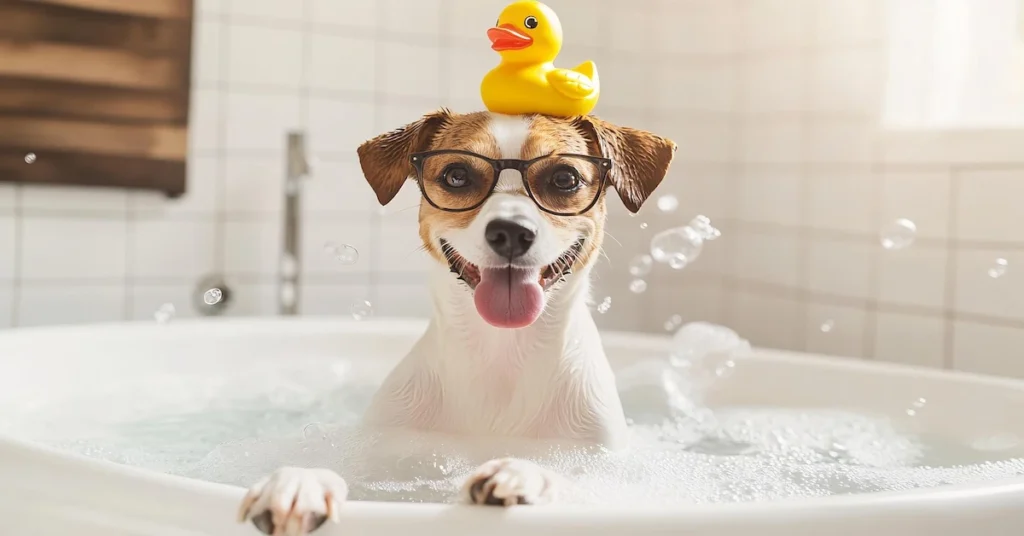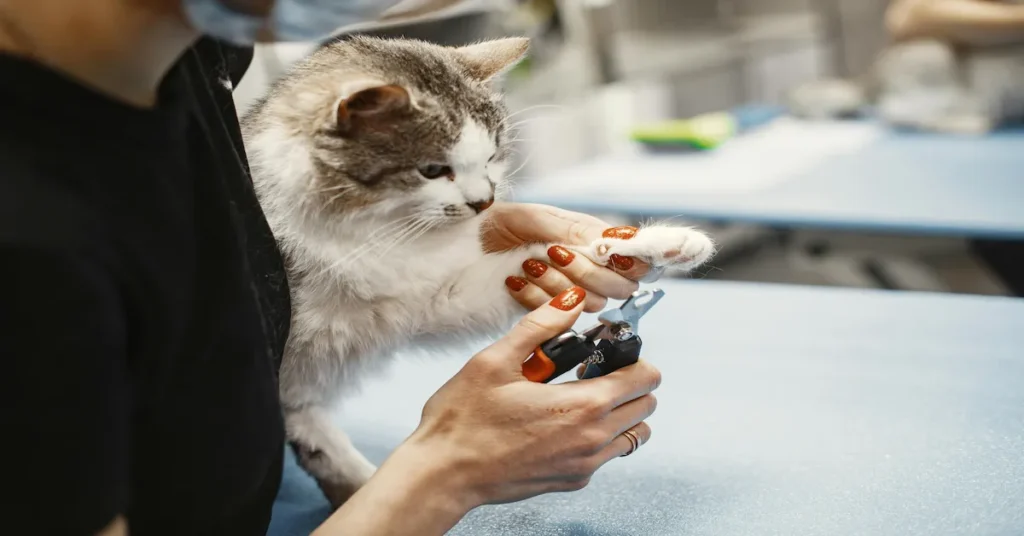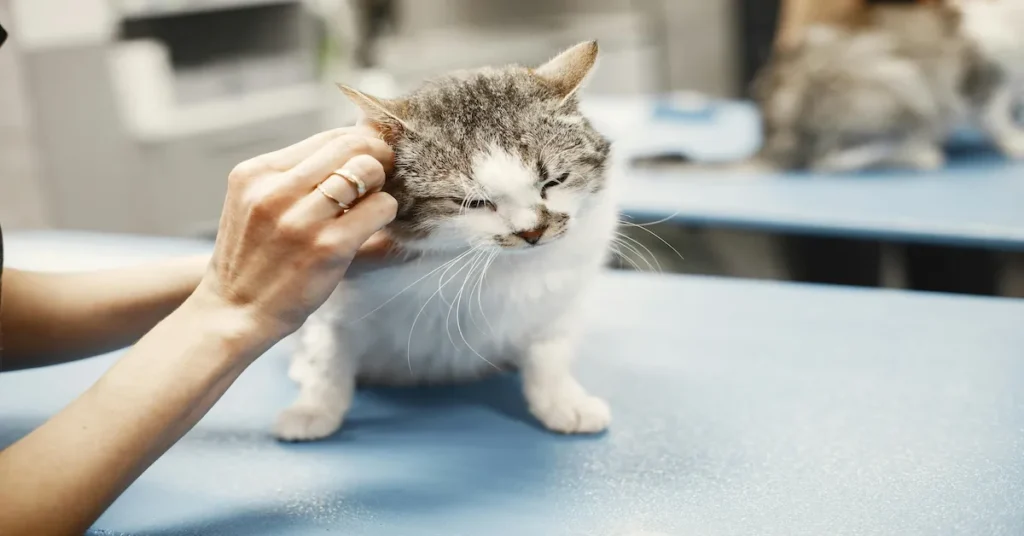Grooming your pet isn’t a luxury it’s a crucial aspect of responsible pet care. Whether you’re raising a dog, cat, or another furry friend, grooming at home can enhance your pet’s hygiene, prevent health issues, and improve your bond with them. While professional groomers provide excellent services, they may not always be accessible or budget-friendly. That’s where at-home grooming becomes a smart, practical alternative.
In this comprehensive guide, we explore five essential grooming tips that every pet owner should practice at home. These techniques are suitable for beginners and experienced pet parents alike, helping ensure your pet stays clean, healthy, and happy all from the comfort of your own home.
1. Establish a Routine for Brushing Based on Your Pet’s Coat Type

One of the most important and often overlooked grooming steps is brushing. Brushing your pet not only keeps their coat tangle-free and shiny but also stimulates the skin, increases blood circulation, and distributes natural oils evenly across their fur. It also helps you detect skin conditions, fleas, or ticks early.
Coat-Type Specific Guidelines:
- Short-Haired Dogs and Cats (Beagles, Boxers, Shorthair cats):
Brush once or twice a week with a bristle brush or rubber curry comb. - Long-Haired Dogs and Cats (Golden Retrievers, Persian cats):
Daily brushing is essential using a slicker brush or de-shedding tool to prevent painful mats. - Double-Coated Breeds (Huskies, Malamutes):
Use an undercoat rake at least three times a week, especially during shedding season.
Pro Tip: Always brush in the direction of hair growth and be gentle near sensitive areas like the belly, legs, and ears. For pets new to brushing, start slowly and offer treats to build positive associations.
2. Bathe Your Pet Properly Using Pet-Safe Products

Bathing your pet removes dirt, allergens, and odors. However, overbathing or using improper products can dry out their skin and disrupt their natural oil balance.
Bathing Frequency:
- Dogs: Bathe every 4 to 8 weeks depending on breed, lifestyle, and skin condition.
- Cats: Generally don’t require frequent bathing, unless they’re long-haired, elderly, or unable to groom themselves.
How to Bathe Your Pet:
- Prepare the Area: Use a non-slip mat in a bathtub or large sink. Keep towels, shampoo, and brushes within reach.
- Water Temperature: Lukewarm water is best hot water can burn, and cold water can shock your pet.
- Apply Shampoo: Use only shampoos formulated for pets. Work up a lather and avoid eyes, ears, and mouth.
- Rinse Thoroughly: Leftover shampoo can irritate the skin.
- Dry Gently: Towel dry or use a pet-safe dryer on a low heat setting. Never use a human hair dryer unless it’s on a cool setting.
Important: Avoid using human shampoos, even if they’re mild. They are not pH balanced for pets and may cause skin irritation.
For more detailed tips, explore the ASPCA’s guide to pet grooming.
3. Nail Trimming is Essential for Comfort and Mobility

Overgrown nails are more than just unsightly they can cause pain, posture problems, joint stress, and even lead to infections. Dogs and cats that spend more time indoors or on soft surfaces wear down their nails less, making regular trimming essential.
How to Trim Your Pet’s Nails:
- Use Proper Tools: Choose scissor-style or guillotine-style pet nail clippers. For beginners, consider a pet nail grinder.
- Find the Quick: For light-colored nails, the quick is the pink part. Avoid cutting into it. For dark nails, trim small bits at a time.
- Trim in Good Light: Gently press the paw pad to extend the nail and clip at a 45° angle just below the quick.
- Use Styptic Powder: Keep it on hand to stop bleeding in case of accidental cuts.
Frequency: Trim every 3 to 4 weeks, or as needed. A clicking sound on hard floors usually indicates overgrowth.
4. Clean Ears and Eyes Gently and Consistently

Cleaning your pet’s ears and eyes helps prevent infections, especially for breeds prone to ear problems (e.g., Cocker Spaniels, Poodles) or tear staining (e.g., Shih Tzus, Persian cats).
Ear Cleaning Steps:
- Use a vet-approved ear cleaner.
- Apply the cleaner to a cotton ball or directly into the ear canal (as directed).
- Massage the base of the ear for 30 seconds.
- Let your pet shake their head.
- Wipe out debris with a clean cotton ball.
Avoid using Q-tips or inserting anything deep into the ear canal.
Eye Cleaning Tips:
- Use a damp, soft cloth or pet eye wipes.
- Wipe gently from the inner to the outer corner.
- Use a separate wipe for each eye to prevent cross-infection.
- Monitor for signs like redness, discharge, or excessive blinking these may indicate an eye issue requiring veterinary care.
Visit PetMD’s guide to grooming at home for additional advice on safe ear and eye care.
5. Create a Stress-Free Grooming Routine
Grooming works best when done regularly and calmly. Sudden, rushed, or rough grooming sessions can make pets fearful and difficult to manage.
How to Build a Routine:
- Start Early: Puppies and kittens should be introduced to grooming early to get used to handling.
- Choose the Right Time: Groom when your pet is relaxed not after a meal or play session.
- Be Consistent: Stick to a weekly schedule (even if it’s just brushing) to build trust and familiarity.
- Reward Good Behavior: Use praise, petting, or small treats after grooming sessions to create positive associations.
- Track Progress: Keep a notebook or digital record of when you groomed last and note any health observations.
Additional Tips for Safe Home Grooming
- Trim hair around eyes and paws carefully using blunt-tipped grooming scissors.
- Brush your pet’s teeth weekly using pet toothpaste to prevent dental disease.
- Check for fleas, ticks, and skin abnormalities during every grooming session.
- Use a grooming table or elevated surface to reduce strain and improve control.
Common Grooming Mistakes to Avoid
- Using human grooming products on pets
- Skipping grooming until there’s a visible issue
- Brushing too aggressively or against hair growth
- Ignoring paws, sanitary areas, and under the tail
- Not drying thoroughly after baths (can lead to fungus or odor)
Conclusion
Grooming your pet at home is a deeply rewarding practice that contributes to their physical health, emotional comfort, and your relationship with them. It gives you full control over their hygiene and allows early detection of potential health problems.
Whether it’s brushing their coat, trimming nails, bathing them, or cleaning ears, grooming doesn’t have to be intimidating. With the right tools, techniques, and a little patience, it becomes a routine your pet can enjoy and even look forward to.
Invest the time in learning your pet’s grooming needs, and you’ll be rewarded with a cleaner, healthier, and happier companion.
Frequently Asked Questions (FAQs)
1. Why is grooming important for pets?
Grooming keeps your pet clean, healthy, and comfortable. It helps prevent skin infections, matting, and parasite infestations while also strengthening the bond between you and your pet.
2. How often should I groom my pet at home?
The frequency depends on your pet’s breed, coat type, and activity level. Generally, brushing should be done a few times a week, while bathing is recommended once every 4–6 weeks.
3. What are the basic tools needed for at-home pet grooming?
Essential tools include a brush or comb, pet-safe shampoo, grooming scissors, nail clippers, and ear cleaning solution. Using proper tools ensures safe and effective grooming.
4. Can I use human shampoo on my pet?
No, human shampoo can disrupt the pH balance of your pet’s skin and cause irritation. Always use a shampoo formulated specifically for pets to avoid allergies or dryness.
5. How do I safely trim my pet’s nails at home?
Use pet-specific nail clippers and trim small amounts at a time to avoid cutting the quick (the sensitive part inside the nail). If you’re unsure, it’s best to consult a groomer or vet.
6. How do I groom a long-haired pet without causing discomfort?
Start by gently detangling knots with a wide-tooth comb. Use a slicker brush for thorough grooming and work in sections. Never pull on mats; instead, trim them out carefully if needed.
7. Is it safe to clean my pet’s ears at home?
Yes, but only using a vet-approved ear cleaning solution and soft cotton pads. Avoid using cotton swabs deep inside the ear canal, as they can cause injury.
8. What should I do if my pet is scared of grooming?
Use positive reinforcement, treats, and short sessions to build comfort. Start slowly and increase grooming time gradually to help your pet get used to the routine.
9. How do I prevent shedding during home grooming?
Regular brushing with the right tools removes loose fur and reduces shedding. Bathing with de-shedding shampoos and a healthy diet also help minimize excess hair loss.
10. When should I consult a professional groomer instead of grooming at home?
If your pet has severe matting, skin conditions, aggressive behavior, or requires breed-specific styling, it’s best to consult a professional groomer for proper care.